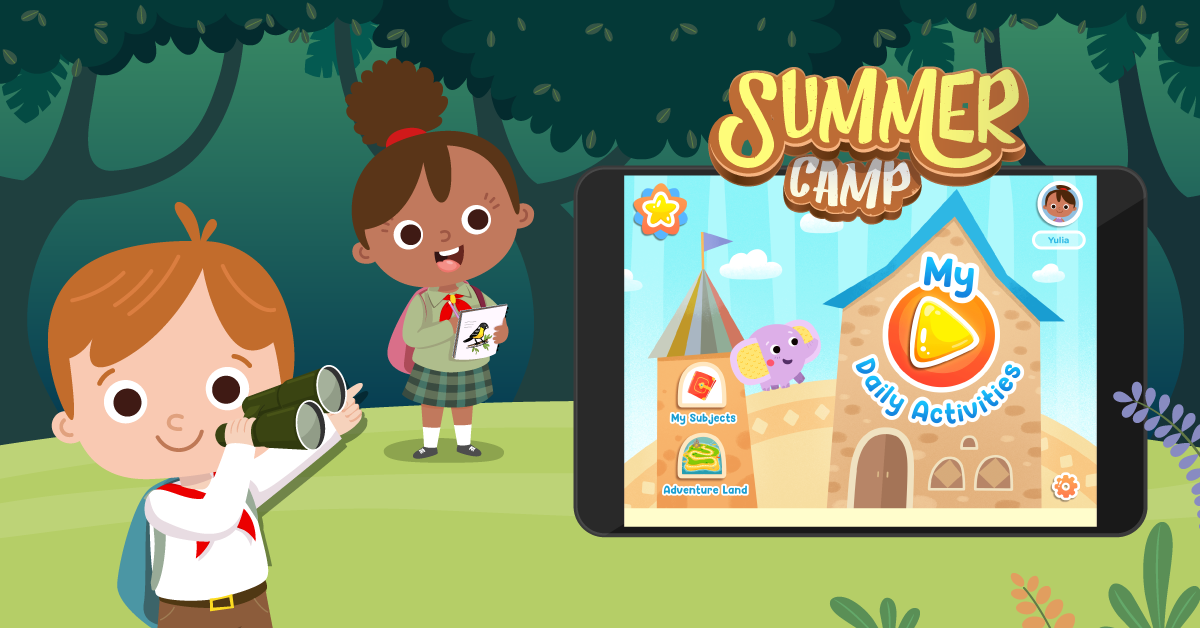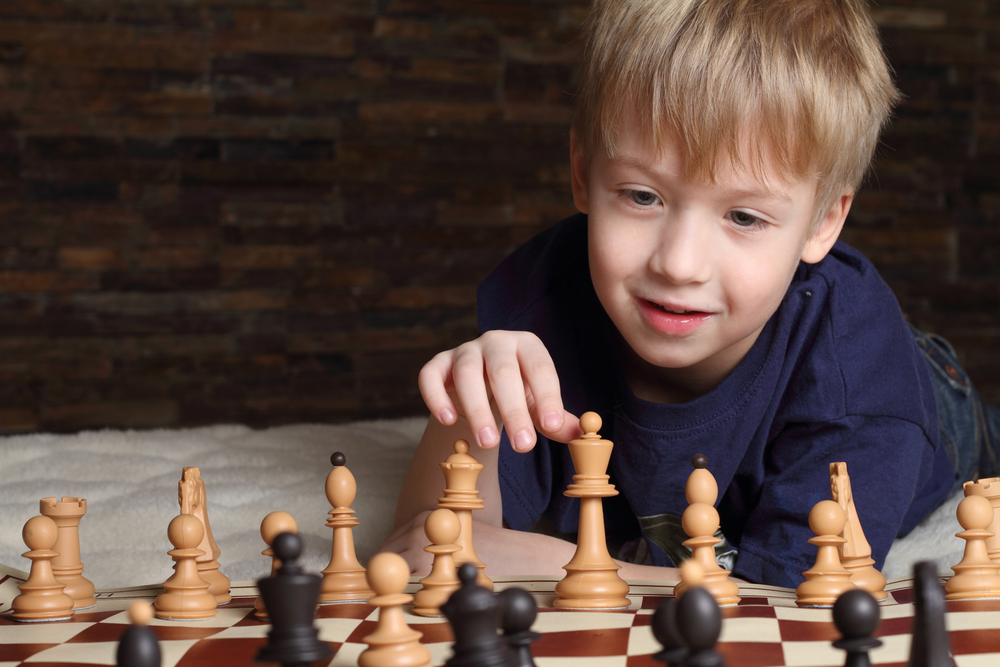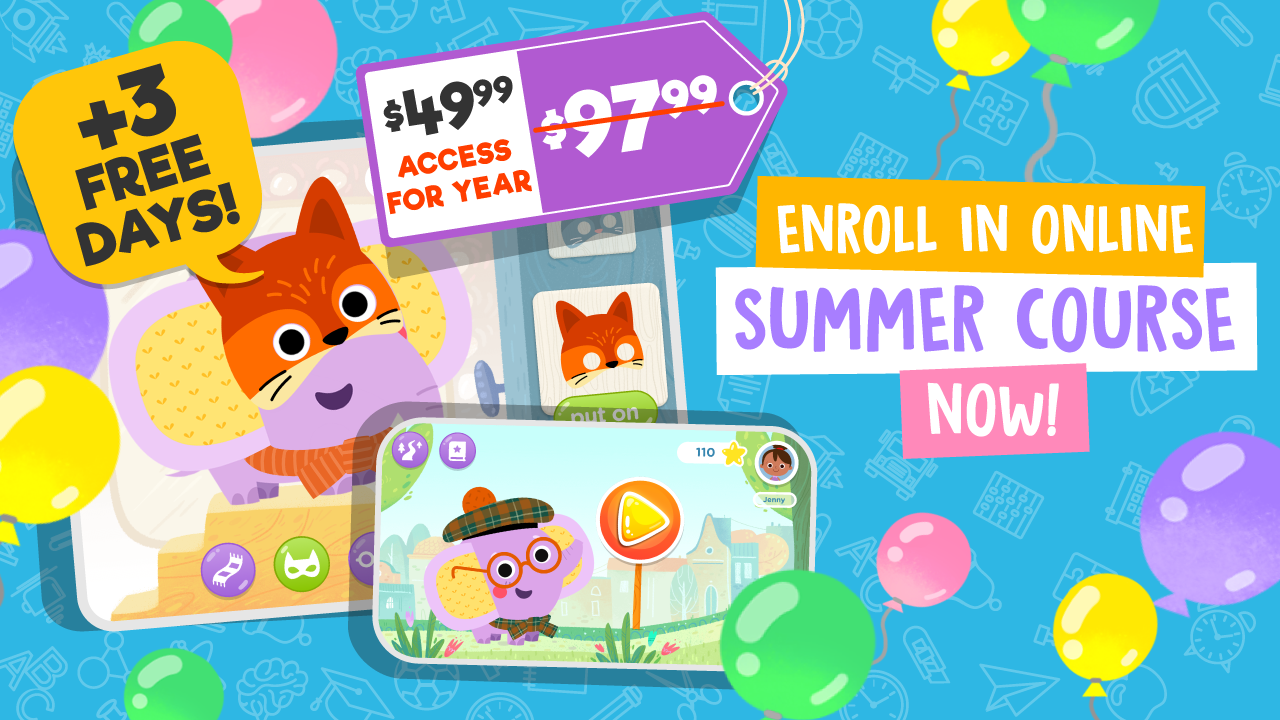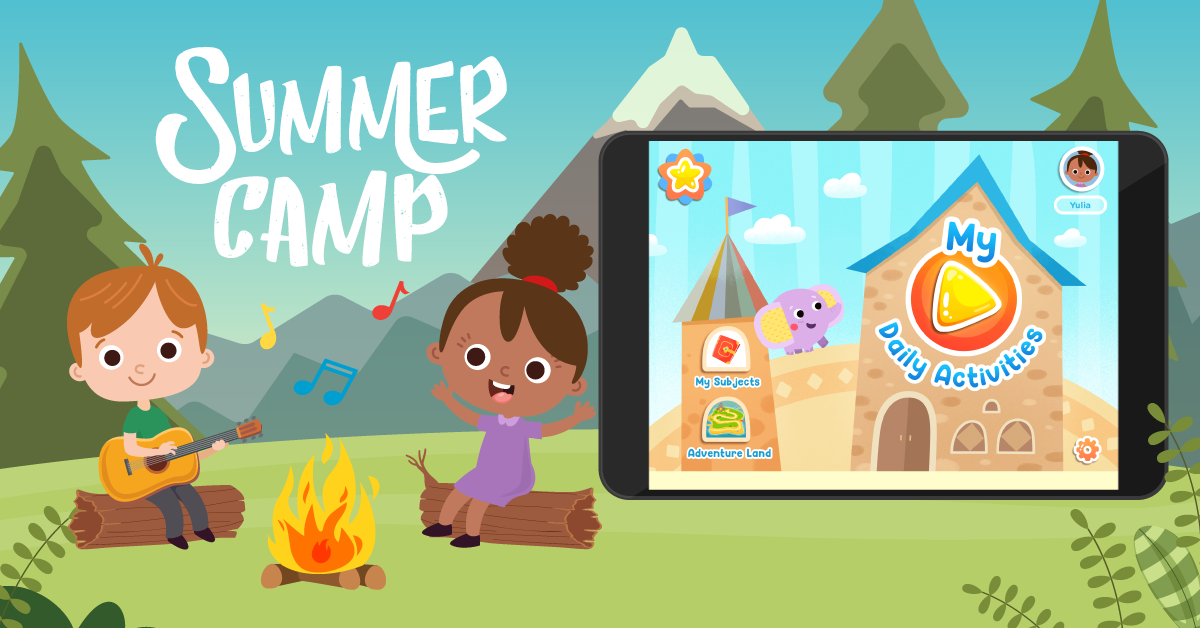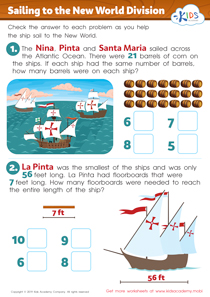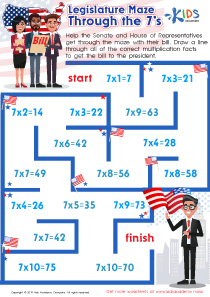Visual recognition Normal Community Worksheets for Ages 3-6
3 filtered results
-
From - To
Discover our engaging Visual Recognition Normal Community Worksheets designed for children ages 3-6. These worksheets focus on enhancing your child's visual discrimination skills by identifying and recognizing everyday community objects and settings. They offer diverse activities, including matching, sorting, and categorizing items found in various community locations. With vibrant illustrations and age-appropriate exercises, these worksheets help young learners develop essential observational skills while having fun. Perfect for early grade teachers and parents, our resources support children in becoming keen observers of their environment, laying a strong foundation for future learning. Join us to make visual recognition both educational and enjoyable.
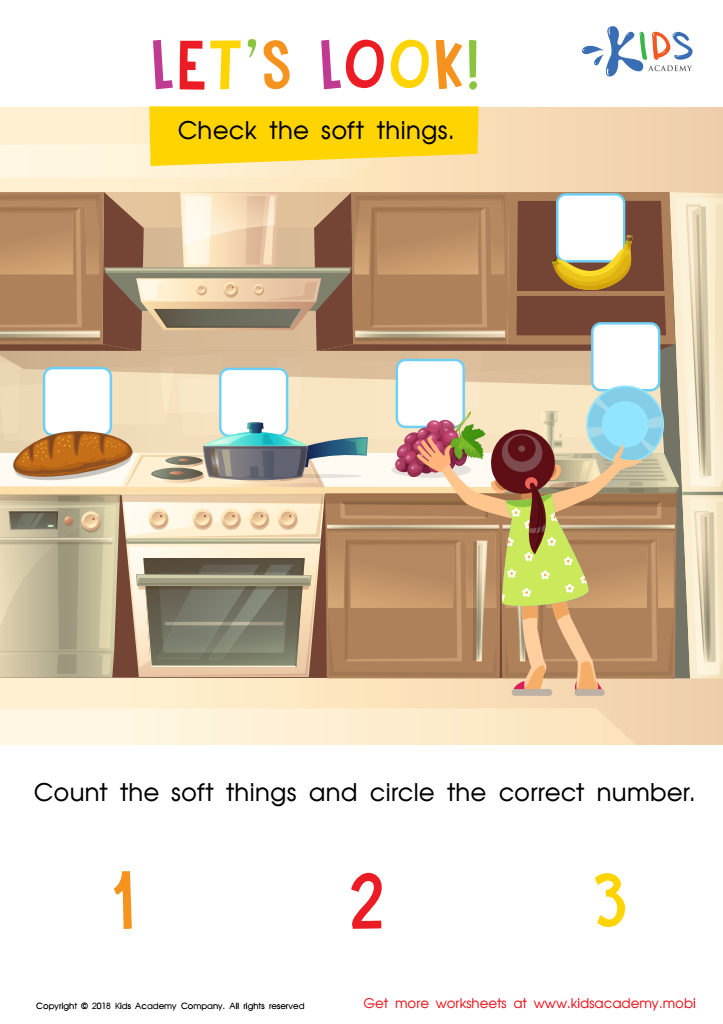

Let's Look! Assessment Worksheet
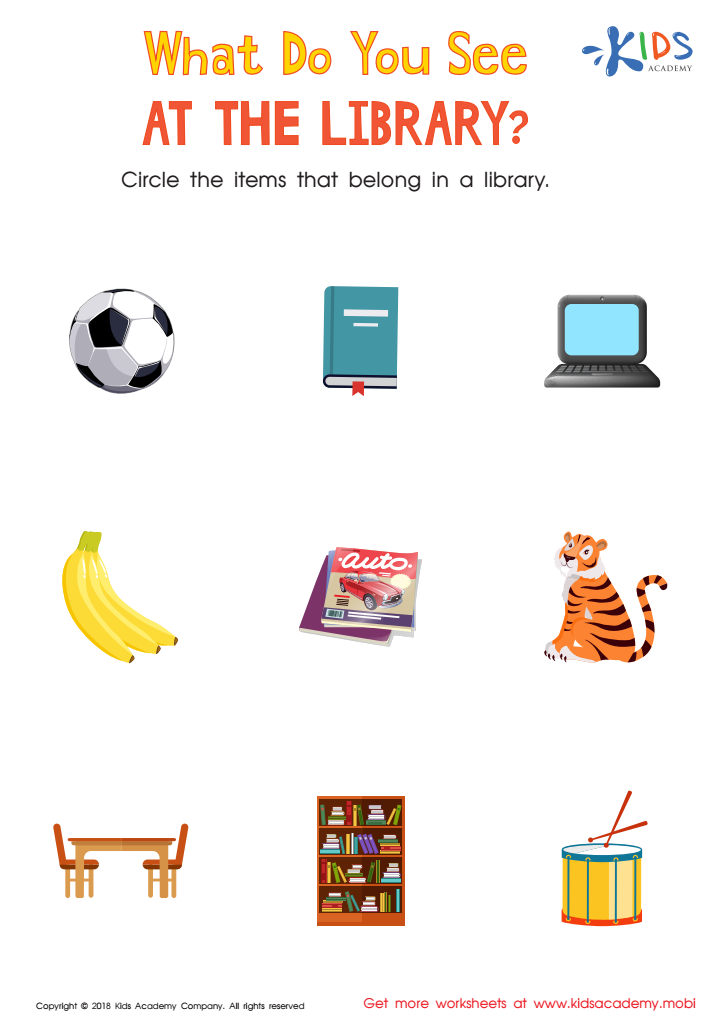

What Do you See at the Library? Worksheet
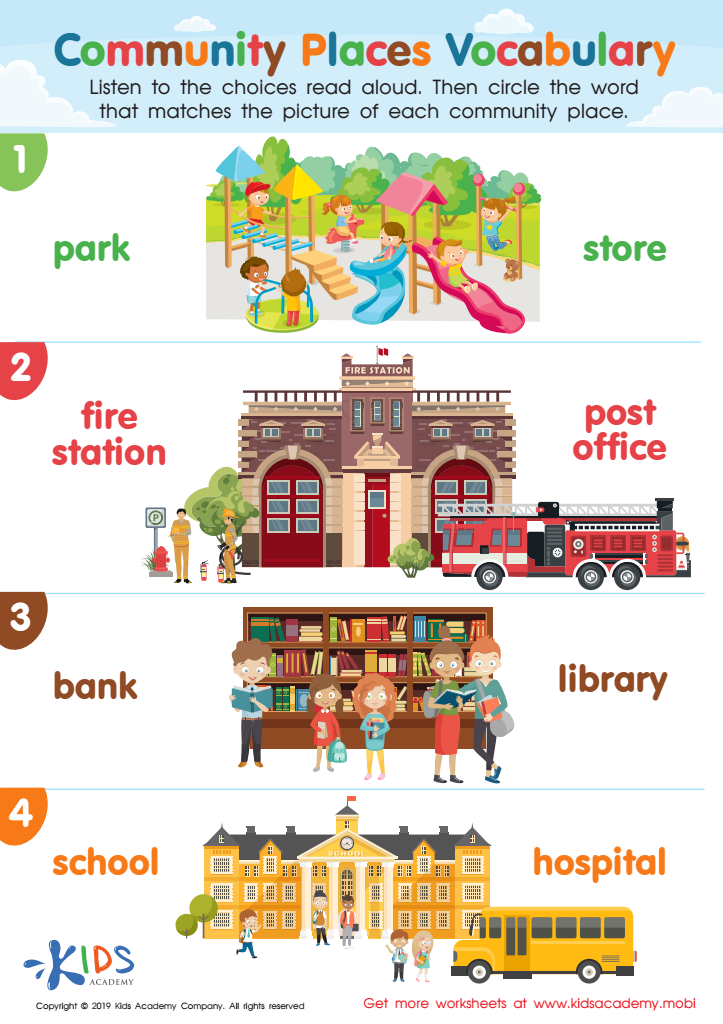

Community Places Vocabulary Worksheet
Visual recognition skills are crucial for children aged 3-6 as they form the foundation for a wide array of future learning abilities. During this critical developmental window, children’s brains are exceptionally receptive to visual stimuli, allowing them to rapidly acquire and process information. Parents and teachers should care about fostering these skills because they directly influence a child's ability to read, write, and comprehend their surroundings.
Visual recognition aids in distinguishing letters and numbers, an essential part of early literacy and numeracy. The ability to differentiate between similar shapes and symbols affects how well a child can follow instructions, recognize patterns, and engage in classroom activities. These skills also play a pivotal role in the development of memory and cognitive processing, as recognizing and recalling visual information helps children make sense of the world.
Moreover, engaging in visual recognition activities supports fine motor skills and hand-eye coordination, beneficial for tasks like writing, cutting, and pasting. Providing a visually stimulating environment both at home and in the classroom encourages curiosity, exploration, and creativity, fostering a lifelong love of learning. Supporting visual recognition development in this age group ensures children build a strong foundational base, setting them up for academic success and self-confidence in various life skills.
 Assign to My Students
Assign to My Students


